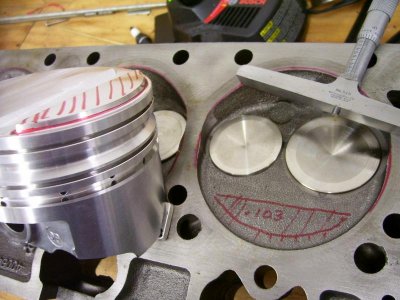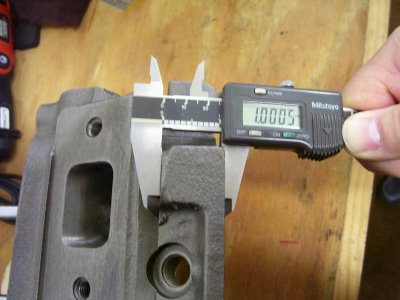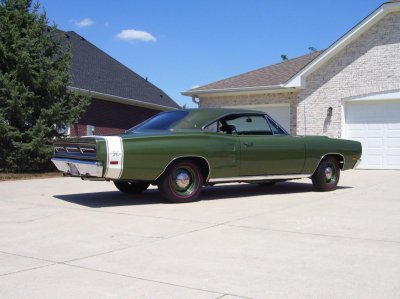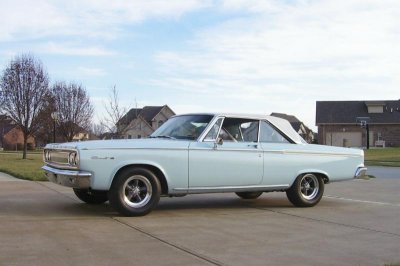Ross
Well-Known Member
lewtot184 was telling me for aluminum closed chambered heads he likes icon 836 installed on stock rods it sits .01 below deck for a 9.51:1 compression ratio with .020 steel head gasket and 88cc heads. Thats what I came up with anyway, double check this because i am brand new to the engine math and can make a mistake pretty quick.




















